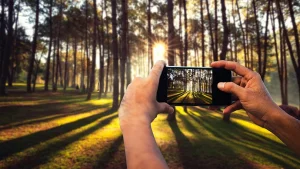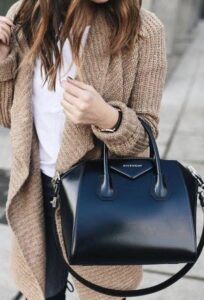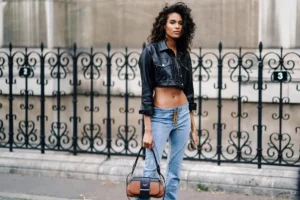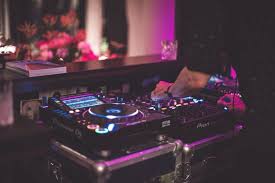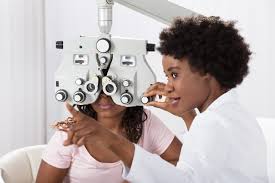
The 1950s
The immediate post-war decade was a decade of stablity and affluence. People went shopping for mundane easy to wear outfits with a new enthusiasm – playsuits, pants, even designer sportswear were soon essential fashion trends.
The Christian Dior’s ‘New Look’ silhouette of rounded shoulders, padded hips and minute waists swept the fashion industry.
Wet-look pomade was the style of the day for men’s hair. Young women wore poodle skirts and ponytails.
The 1960s
The US itself was beset by domestic and international turmoil in the 1960s: for instance, in the spring of 1961, the burgeoning Civil Rights Movement erupted onto the national stage after the Freedom Rides to peacefully desegregate travelling facilities across southern states. The assassinations of President John F Kennedy in Dallas in November 1963 and of Martin Luther King Jr in Memphis in April 1968 might well have rendered the 1960s a head-spinning period for any US soldier – stateside or overseas.
The 1970s
It continued the patchwork and embroidery trend of hippie style that’s so evident in the ’70s. Fabrics were collected at craft fairs and then recast in high fashion.
When the decade edged further into the eighties, menswear boasted broadened shoulders, and the designer Diane von Furstenberg began producing clothing lines meant for a still-middle class consumer.
Boys wore coloured trousers (Fig 28) and polyester leisure suits. Girls also wore skirts and dresses. Paisleys and florals were popular.
The 1980s
Some trickled-down fashions from previous decades began to sport louder stripes and colours. Goth style built on the jersey punk dresses of late 1970s (Fig 1). Musical and dance-influenced styles extended to puff sleeves and bigger accessories.
Power dressing was not dead in the water as men continued to sport suits, and women stuck to their shoulder pads. Designers’ collegiate interpretations included Perry Ellis’ seersucker suits, popped polo shirts and chunky knit sweaters (Fig. 2).
The 1990s
The 90s witnessed a return to casual style in clothing. There was a rise in grunge fashion as young men and women imitated rock bands like Nirvana by wearing baggy jeans with flannels or sweaters and Doc Martens boots (Fig.1).
It could also be said of those period fashions that the TV shows Dawson’s Creek – and its slightly older sister, the influence-rich and much-missed My So-Called Life (1994-95) – framed for American teens. Soon, the sack suit look gave way to a hybrid formal look: slacks, usually khaki coloured, worn with the button-up shirt or blazer.
The 2010s
When the war was over, American men fell away from the standards of craftsmanship and aesthetic simplicity that marked fine dress. They wanted to fit into the establishment, wearing and promoting boxy sack suits, oxford shirts, rep ties and loafers. Mass Ready-To-Wear manufacturers enriched themselves selling badly fitting clothes. For older gentlemen, the internationally slim fit European suit was adopted. The internet has put fashion in everyone’s hands. Because the coverage of men’s fashion styles and trends has again moved to the vanguard, a collection of excellent menswear blogs has emerged.

